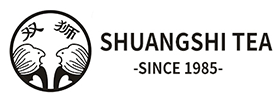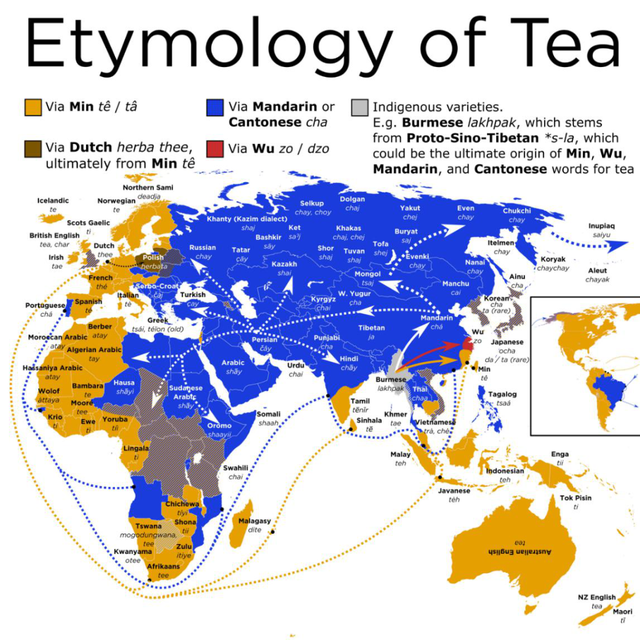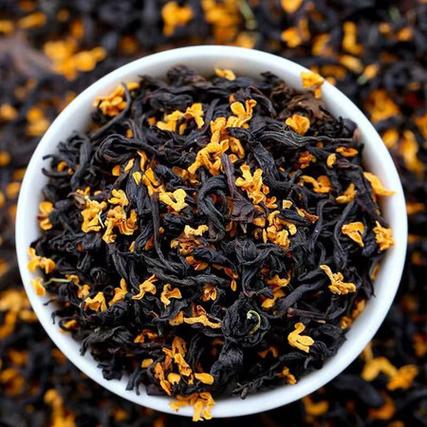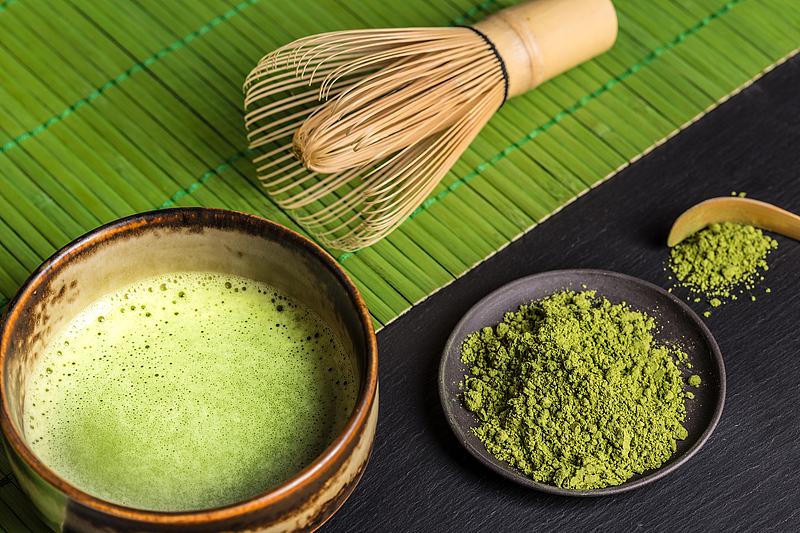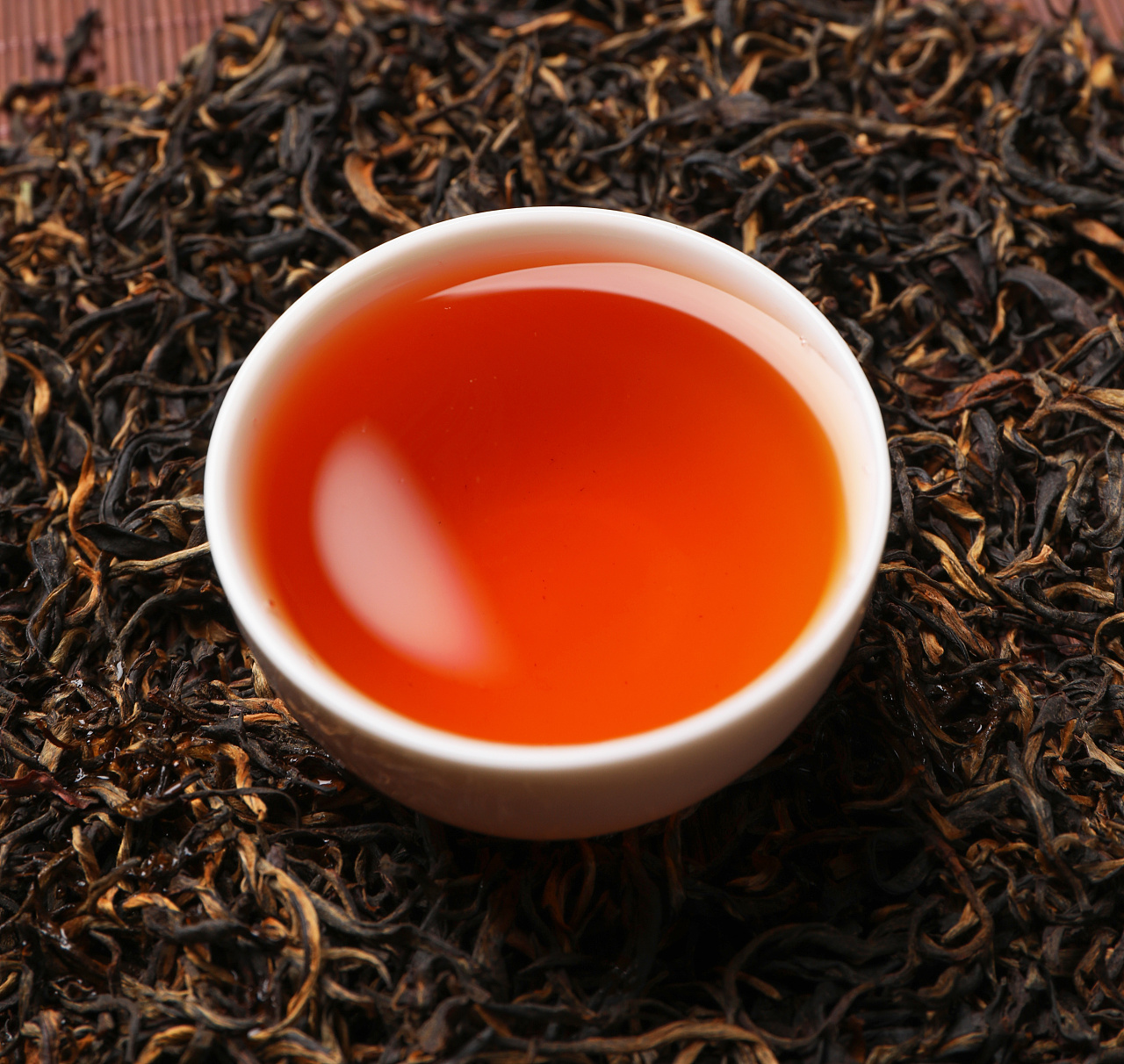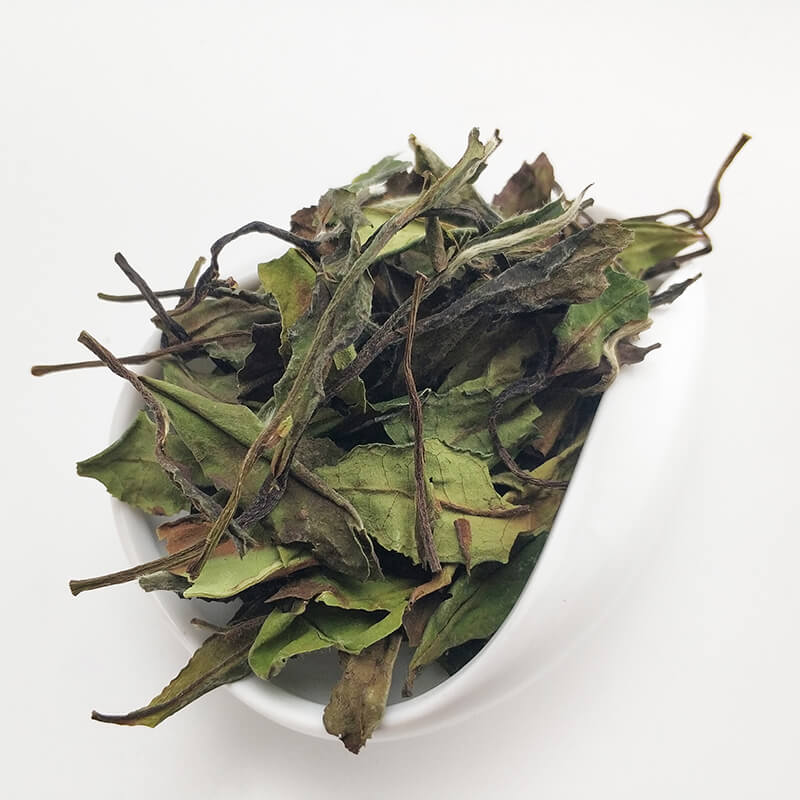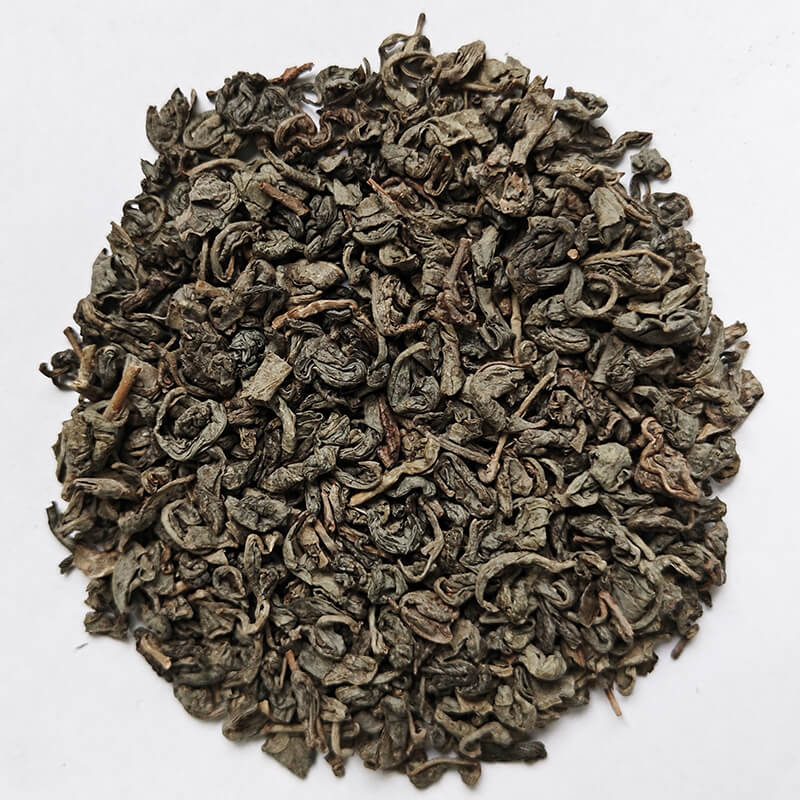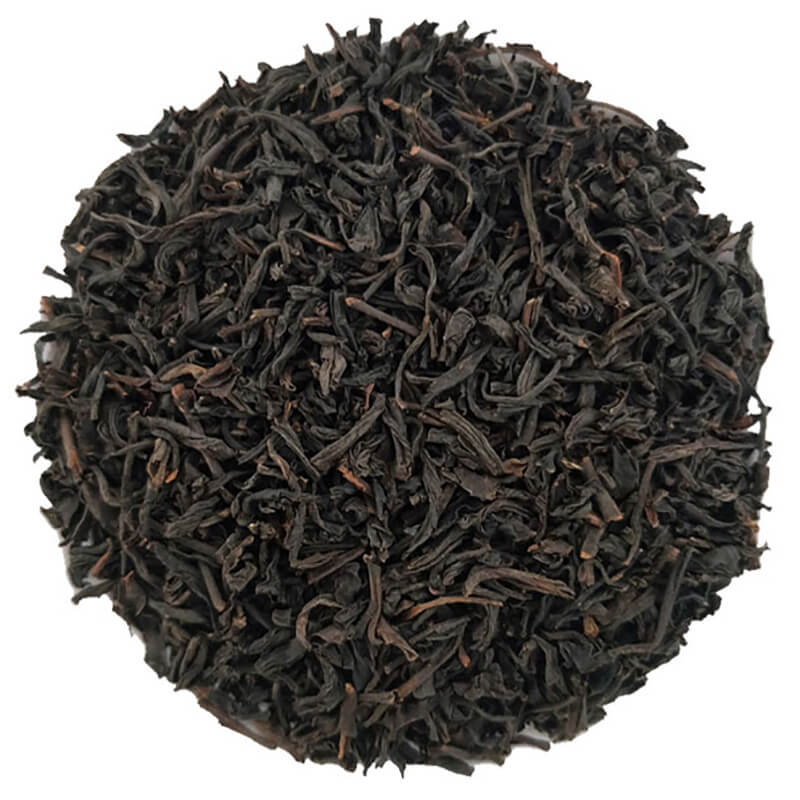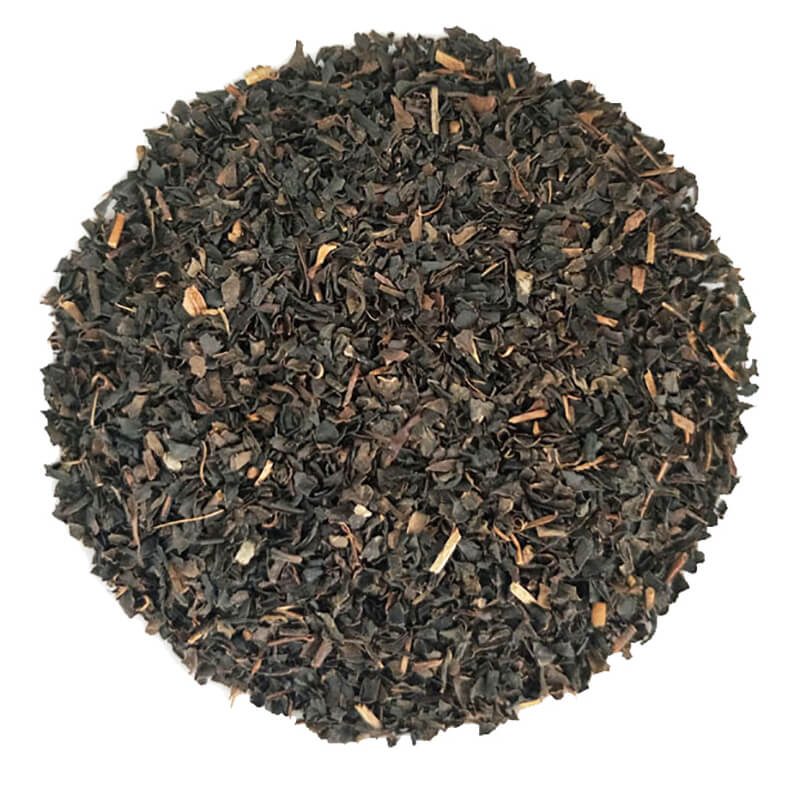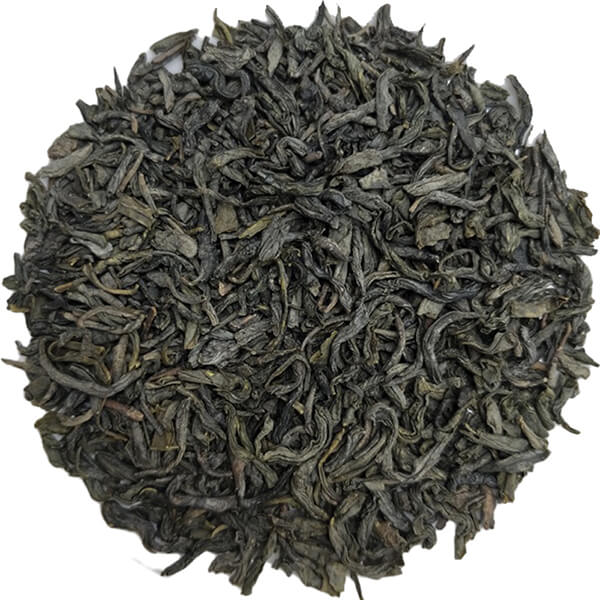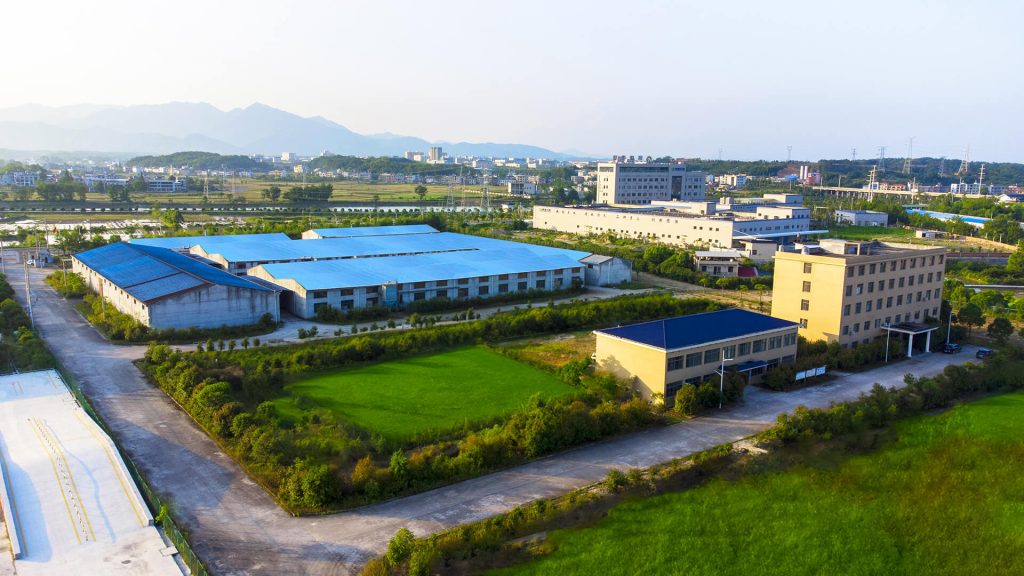Analyze the overall export of Chinese tea, especially the export of tea from Hubei Province
I. Overall export situation
According to customs data and information from multiple parties, China’s tea exports in the first half of 2024 were 172,000 tons, a year-on-year decrease of 1.67%, and the export value was US$655 million, a year-on-year decrease of 22.41%. The average export price was US$3.81/kg, a decrease of 21.09% from the same period last year. This data shows that although the export volume is relatively stable, both the export value and the average price have declined significantly.
II. Analysis of tea export types
In terms of export types, green tea is still the main force of China’s tea exports, with an export volume of 148,500 tons in the first half of the year, accounting for 86.34% of the total export volume, an increase of 1.53% year-on-year. The export volume of black tea was 11,200 tons, accounting for 6.52%, a year-on-year decrease of 16.36%. The export volume of oolong tea was 7,714 tons, accounting for 4.48%, a year-on-year decrease of 30.01%. Other teas such as jasmine tea also increased or decreased to varying degrees.
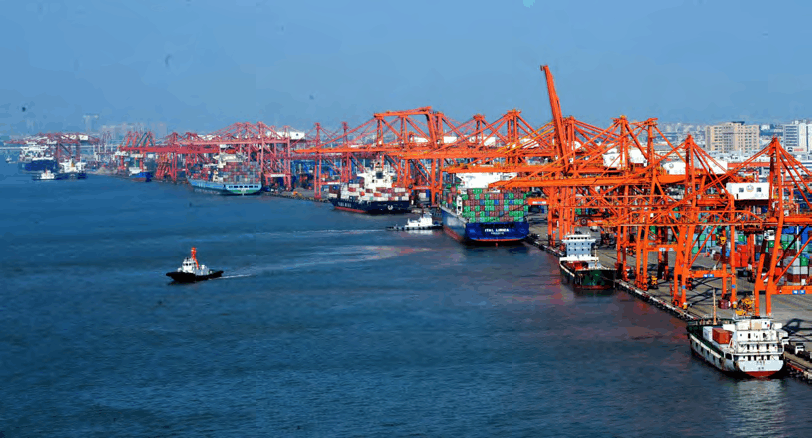
III.Tea export in Hubei Province
1. Export volume and export value
Hubei Province ranks fifth in tea export in China, with an export volume of 24,200 tons in the first half of the year, a year-on-year decrease of 1.40%. The export value reached US$195 million, a year-on-year decrease of 2.12%. The average export price of tea in Hubei Province was US$8.08/kg, a decrease of 0.73%, slightly higher than the national average.
2. Export types
Green tea: Hubei Province’s largest export tea, with an export volume of 21,800 tons, accounting for 70.73% of the total export volume.
Black tea: The second largest export variety, with an export volume of 1,344.5 tons, accounting for 5.56%.
Oolong tea: The export volume was 713.06 tons, accounting for 2.95%.
3. Export countries
The main export countries of Hubei Province’s tea include Hong Kong, Morocco, Malaysia, Vietnam and Russia. The export value of these five countries accounts for 68.17% of Hubei Province’s total tea exports. Among them, Hong Kong, China is the largest export market for Hubei tea, with an export value of US$50.2091 million.
4. Export unit price
The average export price of Hubei tea is relatively high, reaching US$8.08/kg, showing high quality and market recognition. However, compared with the same period last year, the average price still fell slightly.
IV. Analysis of export market situation
1. Major export markets
The main export markets for Chinese tea include Morocco, Ghana, Malaysia, Mauritania and Russia. Among them, Morocco is the largest export market for Chinese tea, with both export volume and export value increasing significantly in the first half of the year, reaching 55.7% and 46.3% respectively. This shows that Morocco’s demand for Chinese tea remains strong.
2. Market changes
Some traditional export markets such as Malaysia and Hong Kong, China have experienced a significant decline, with export volume and export value decreasing by more than 63% and 74% year-on-year respectively. This shows that the global tea market is undergoing some structural changes, and Chinese tea export companies need to pay close attention to market trends and adjust their export strategies.
V. Export forecast for the second half of 2024
Based on the data in the first half of the year and the current market trends, it is expected that the Chinese tea export market will face the following challenges and opportunities in the second half of 2024:
Challenges: Uncertainty in the global economic situation, international trade frictions and declining demand in some traditional export markets may continue to affect China’s tea exports.
Opportunities: The development of emerging markets, the improvement of product quality and the implementation of diversified marketing strategies are expected to bring new growth points to China’s tea exports.
Specifically in Hubei Province, with the further consolidation and improvement of the tea bases in the “five major tea regions” and the strengthening of the agricultural product traceability system and quality and safety monitoring and control, the quality and market competitiveness of Hubei tea are expected to be further improved. It is expected that Hubei’s tea exports will remain relatively stable in the second half of the year, but the recovery of export volume and average price still needs the support of market demand.
In summary, China’s tea export market faces a complex and changing situation in 2024, and tea export companies need to strengthen market research, improve product quality, and optimize export structure to meet challenges and seize opportunities.
